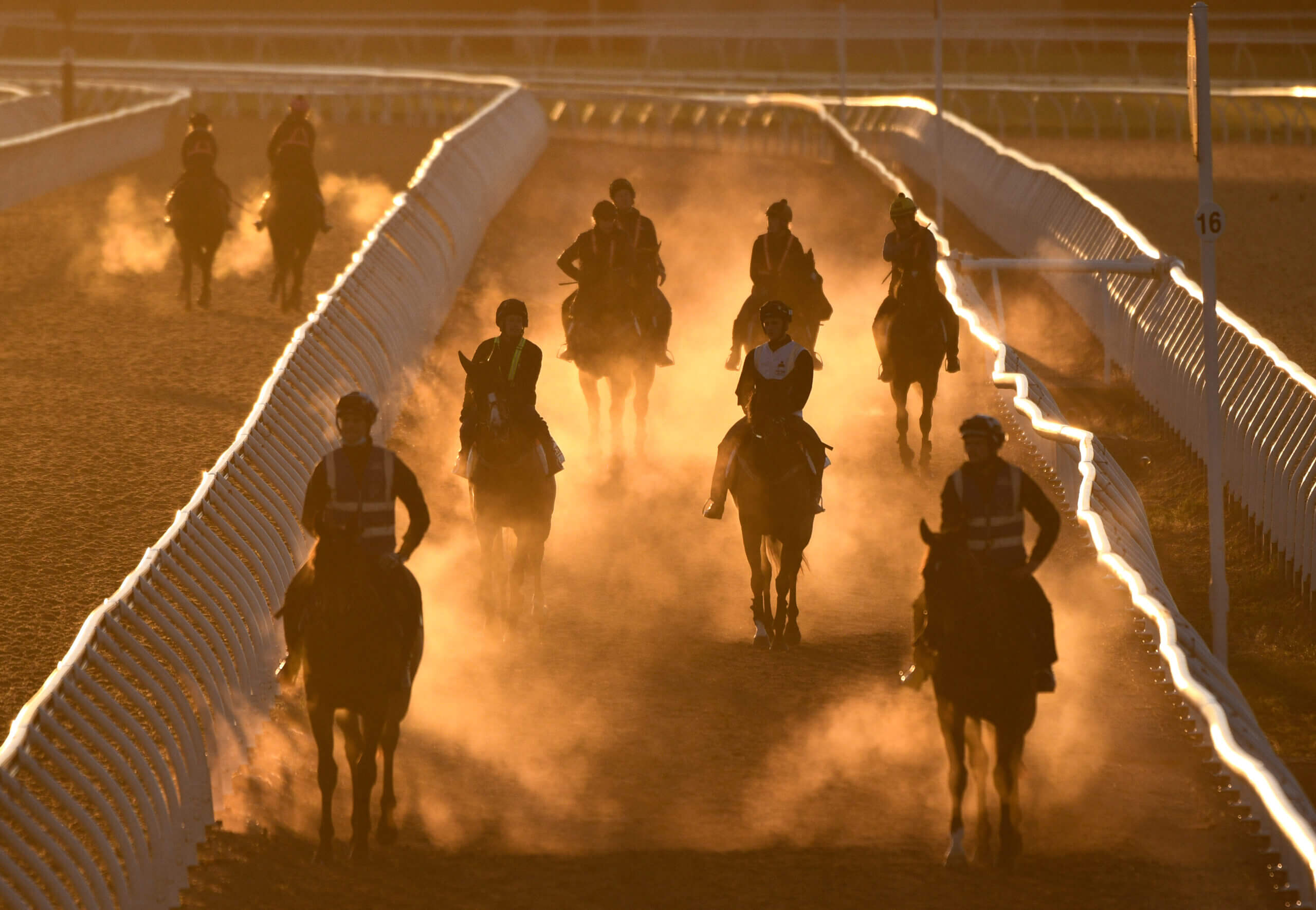Veteran trainers like Les Bridge speak fondly of times when country families would be begging for a job in a city stable for their school-leaving children. The kids would arrive with suitcases at Central station with a lifetime of experience around horses.
Horses play less of a role than ever in everyday Australian life as the trend continues towards urban living. In 1960, nearly one in five Australians lived outside the big cities. That number is shrinking and World Bank figures show 86.3 per cent of Australians now live in an urban environment.
Modern stables are not a place for on-the-job training, at least not for a novice from a non-racing background, and trainers will tell you that a traumatic early experience with a horse can end a career the day it begins.
Moore had come from Hong Kong – the most vertical city in the world with as limited exposure to horses as there is in any major jurisdiction. The Hong Kong Jockey Club has had no choice but to develop its own staff from scratch.
Moore was also generous with prizemoney cuts – in the form of red packets or ‘lai see’ handed out after feature wins – which made his stables a sought-after location for ground staff, or ‘mafoos’ as they are known in Hong Kong. However, starting again in Australia was a culture shock for the champion trainer.
“To find staff who were up to the task was difficult,” he said. “We found some girls through the equestrian world but we still had to train them from scratch and there wasn’t just the availability of people knocking on the front door like the old days.”
To find staff who were up to the task was difficult.
“When they came into racing, we had to train them from scratch and we did for the first few months at the Gold Coast.
“But in the end I just couldn’t find riders, so how could I get the horses worked. That was the main thing. Getting horses worked.
“I wouldn’t have been doing the right thing by the owners if I pressed on, so I returned to Hong Kong.”
COMMENT | One Size doesn’t fit all: How The John Moore Rule became The John Size Rule
Moore’s experience shows that finding staff capable of working safely is becoming a more pressing concern for all of racing.
This year saw the closure of Richmond TAFE’s equine courses in the Hawkesbury River region and that has left a gaping hole in training.
“Even beyond that I think there has been a void there for quite a while in terms of where people are educated to enter our industry,” said Moore. “It isn’t just about learning to ride, it is about learning to feel comfortable about the horses.”
“Traintech on the Gold Coast was one training facility that really helped the industry. TAFE trained people and that is the answer: education. But the places where you go to learn have all closed down.”
It isn’t just about learning to ride, it is about learning to feel comfortable about the horses.
V’Landys has shown a willingness to push politicians for a cause he feels is worth fighting for: go back to Equine Influenza, and now – albeit on behalf of rugby league – his current battle with the New South Wales Premier Dom Perrottet over suburban stadium funding.
But V’Landys doesn’t run Australian racing, and this seems another issue where a national approach would benefit, but state self-interest will most likely rule.
Maybe government lobbying isn’t the answer. Could it be that with just one less pop-up race or prizemoney boost, racing could take responsibility for properly preparing the next generation of racing stable staff itself?









